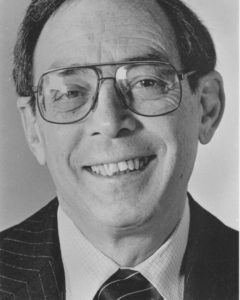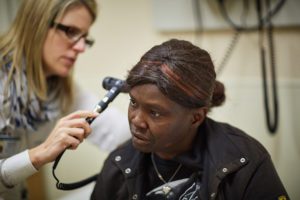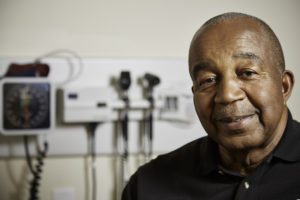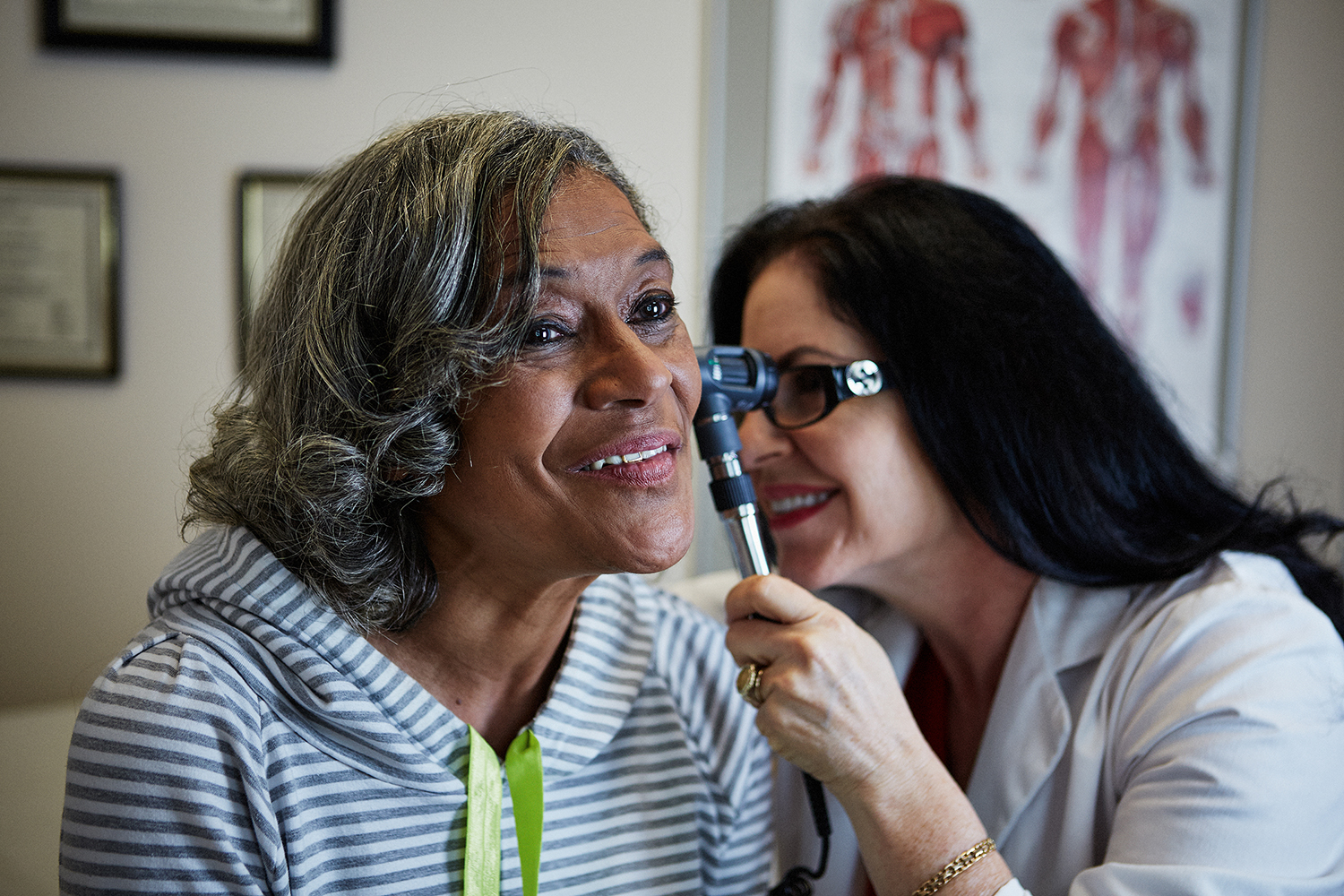By Michelle Betton, Writer
With thousands in communities across the country, community health centers (CHCs) seem like a long-standing part of the national health care system. However, the origins of CHCs are relatively recent, born out of civil rights struggles that started 10,000 miles away. They owe their start to Dr. Jack Geiger, who applied an idea that he had seen used to address the stark health care disparities in apartheid South Africa to the structural racism that African Americans experienced in accessing quality health care.
In 1964, Geiger and his fellow doctors began a trend in community-oriented primary care that has grown exponentially and improved the health and livelihoods of millions living in the United States, particularly people of color. Here is how CHCs became a powerhouse in our health care system.
A New Model for Inclusive Health Care

Dr. Jack Geiger brought the community health center model to low-income communities in the United States, changing the course of history for millions. (Credit: We Are Public Health)
As a senior in medical school in 1957, Geiger traveled to South Africa on a scholarship to work with Sidney and Emily Kark. At the time, the couple had founded more than 45 community health centers that served Black and Indian South Africans as well as poor white South Africans, none of whom were supported by the broader medical system. This image of community-based primary care, rather than facility or hospital-based care, stayed with Geiger.
“That experience changed my life,” said Geiger. “It taught me about community health centers and set me on the path to get what I thought was the appropriate training for global health.”
Freedom Summer Shows Cracks in Social Fabric
In 1964, Geiger went to Mississippi with the Medical Committee for Human Rights, the organization that he and fellow doctors had created as the medical arm of Freedom Summer. At the time, health care was not easily accessible for people of color, particularly African Americans. Hospitals in the rural South and urban communities alike openly discriminated against and refused to provide services to African Americans, leaving many communities with few to no health care options. The Medical Committee for Human Rights saw this as an opportunity to change the status quo.
“That month in Mississippi, I had the chance to take a long look around and realized that I didn’t need to go to Africa, Latin America, or Southeast Asia. All those problems existed here in the rural South, the urban northern ghettos, in Appalachia, in the Native American reservations.”
Community Health Centers Fight in the War on Poverty

Community health centers offered health care to marginalized communities, particularly Black Americans who hospitalized often did not serve.
At a meeting in late 1964, Geiger proposed the idea of community health centers as a means of providing the community-based primary care that the community desperately needed. With funding from the newly created Office of Economic Opportunity, which was launched to fight the “war on poverty,” Dr. Geiger and his colleagues founded two CHCs, in Mississippi and Boston. Along with recruiting doctors and medical staff to work in the CHCs, the organization had to conduct community organizing to prove to individuals that CHCs meant to serve their best interests.
But the doctors did not stop there. Realizing that people without enough food or clean drinking water would not remain healthy, even with a CHC nearby, they set about addressing the social determinants of health. Formerly seen as issues unrelated to health, social determinants of health – such as housing, healthy food, employment, and education, things that shape how people live their lives – are now recognized as critical elements of treating each person holistically. The doctors started a farm co-op near the Mississippi CHC, where residents grew tons of vegetables each year. The initiative nearly eliminated malnutrition in the area.
The Lasting Impact of Community Health Centers Nationwide

Charles Range led South of Market Health Center in Sn Francisco until 2018, providing care for diverse populations in the city.
Despite the attacks of southern governors, legislators, and medical officials, the popularity of CHCs grew. Today, more than 1,350 CHCs serve 28 million people across the country, individuals and families who rely on these medical facilities for high-quality health care, particularly communities of color. CHCs are critical in helping low-income and uninsured families live healthier lives and build strong communities.
Health care is a right no matter a person’s racial or socioeconomic background, one that enables community members to live healthy, prosperous lives and create communities of opportunity. Capital Impact Partners is committed to this mission, and increasing access to quality health care is a core element of fostering and sustaining equitable, inclusive neighborhoods. As a mission-driven nonprofit dedicated to expanding shared prosperity in underserved communities, we know that CHCs fill a critical gap in the health care system. Many of our communities – particularly communities of color – access health care through CHCs, which is why we have worked to become the leading nonprofit community health center lender in the country, including funding more than 50 percent of the Federally Qualified Health Centers in California.

Communities of color, which have often experiences sttructural disinvestment, need the support of CHCs for the most basic care.
We are proud to carry on Dr. Geiger’s legacy of expanding opportunity for underinvested communities by addressing the social determinants of health, through health care, healthy food, housing, education, and dignified aging, because these human rights are inalienable.
Learn more about Capital Impact’s health care work. If you plan to build or open a CHC, find out about our strategic financing. If you are interested in supporting Capital Impact’s mission of breaking down barriers to success, find out more about our Investment Notes.








